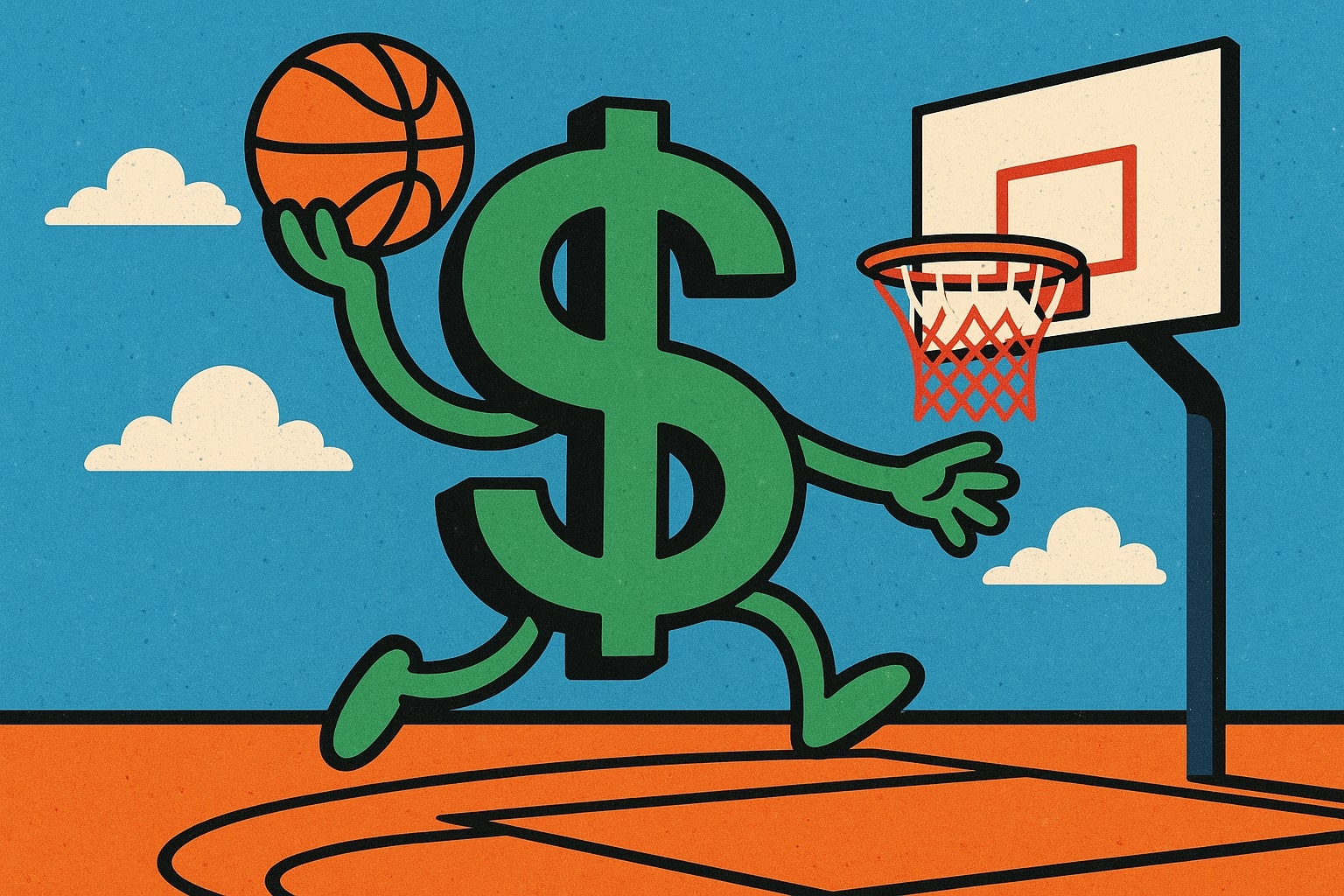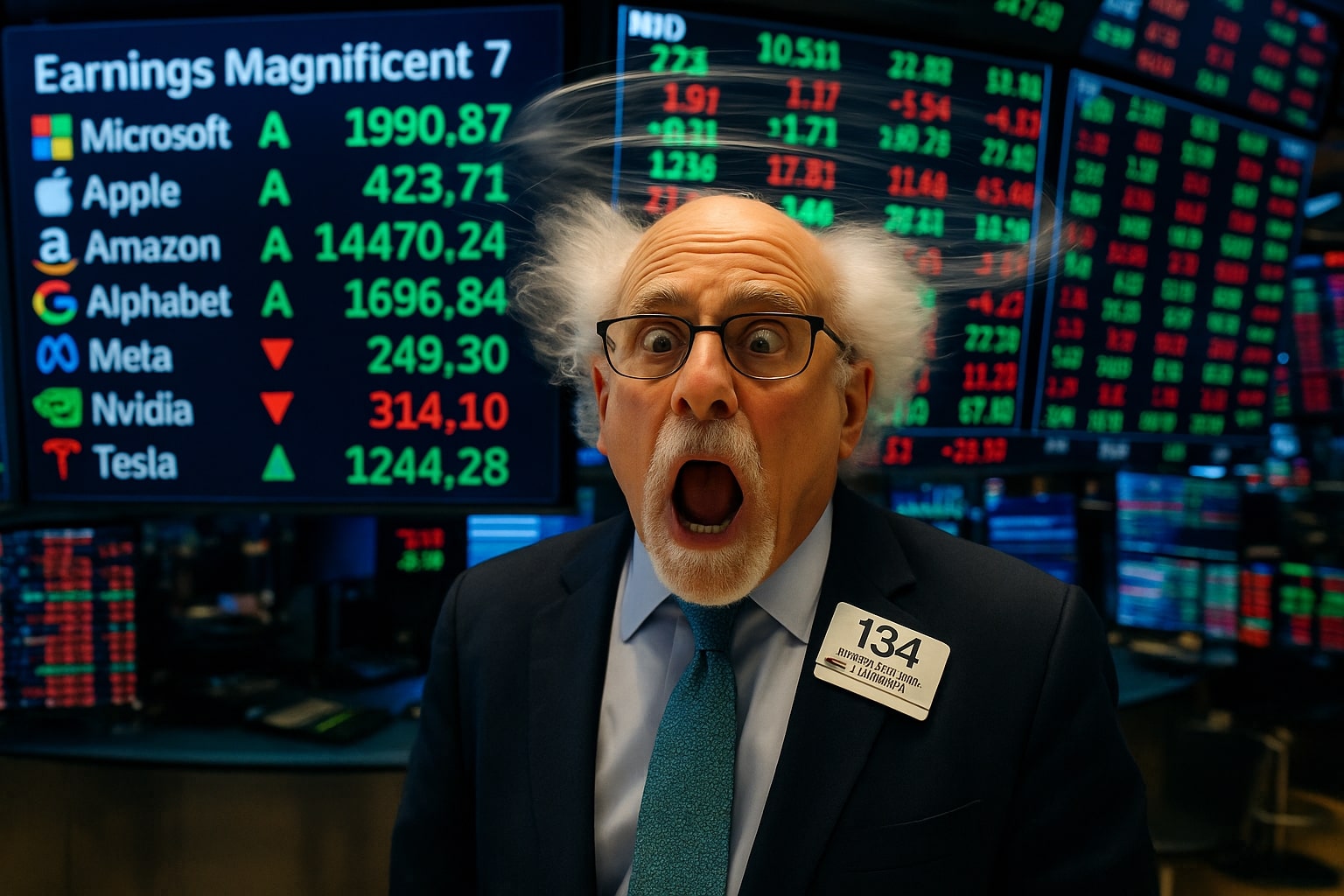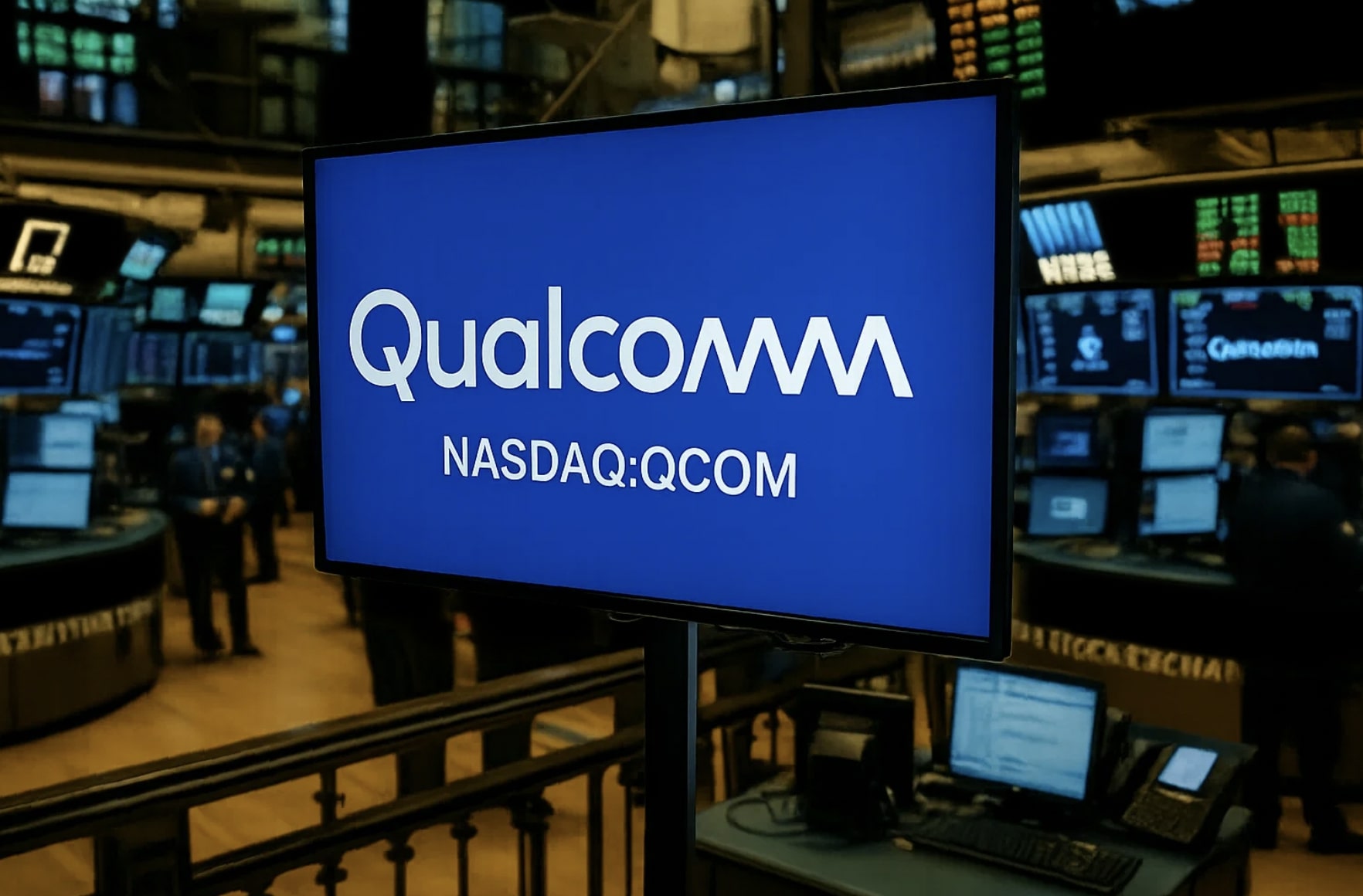
EUR/USD Battles to Stay Above 1.1400 as Dollar Index Rebounds
Can EUR/USD Push Beyond 1.1500 This Week or Will Sellers Drag It Back to 1.1335? | That's TradingNEWS
EUR/USD Consolidation Around 1.1400 Underlines Market Caution
EUR/USD settled near 1.1400 in Friday’s early London session, drifting from a recent peak of 1.1559 reached in mid-April. After probing the 1.1391–1.1315 corridor, the pair has paused its ascent, reflecting market participants’ reluctance to chase longs ahead of key US data and fresh trade headlines. The euro’s firm tone since February, which propelled it from the mid-1.08s to above 1.15, has given way to a tighter trading range as volatility remains elevated.
US Dollar Index Rebounds to 99.71 on Fed Stability Signals
The US Dollar Index (DXY) climbed back to 99.71, recouping ground after dipping as low as 99.20. Renewed confidence in Federal Reserve leadership followed President Trump’s reassurance that Jerome Powell will remain Fed Chair, calming earlier speculation. With policy continuity secured, rate-cut expectations for June have only firmed, supporting the greenback against a broad basket of currencies and exerting downward pressure on EUR/USD.
US-China Trade Comments Drive Choppy FX Moves
Mixed signals between Washington and Beijing continue to roil currency markets. President Trump’s late-week remark that “discussions with Beijing are going well” was met with swift denials from China’s Ministry of Commerce insisting no tariff talks are underway. That gulf in narratives has traders wary of dollar rallies fading quickly as long as bilateral tensions persist, leaving EUR/USD oscillating on each tweet, statement, or press briefing.
ECB Dovish Tilt Fuels Euro Underperformance
Across the eurozone, dovish commentary from European Central Bank officials has compounded euro weakness. Finnish central bank Governor Olli Rehn flagged the risk of inflation falling below the 2 percent target, openly embracing the possibility of “larger interest rate cuts.” Austria’s Robert Holzmann echoed this view, warning of “structural weakness” in growth and underscoring the case for June easing. Each dovish utterance has chipped away at EUR/USD’s advance, even as eurozone headline inflation holds near 2 percent.
Softening US Economic Data Adds Complexity
Friday’s flash S&P Global US Composite PMI slid to 51.2 from 53.5 in March, marking the slowest expansion in three months and signaling a waning in post-tariff inventory rebuilds. Meanwhile, initial jobless claims rose to 222,000—exceeding the 215,000 consensus—although continuing claims unexpectedly declined by 37,000. The mixed labor readings have done little to derail Fed rate-cut pricing, keeping the US dollar on a cautiously higher trajectory and limiting EUR/USD’s upside.
Technical Indicators Point to a 1.1300–1.1500 Battleground
From a technical standpoint, EUR/USD remains wedged between key pivot points. The 20-, 100- and 200-day simple moving averages slope upward, underpinning the broader bullish trend that began in February. Shorter-term EMAs at 10 and 30 days offer immediate support around 1.1369 and 1.1335, while the 1.1215 zone represents the next floor of defense. Resistance resides at 1.1378—now acting as a ceiling—and above that, 1.1500 looms as the psychological hurdle. The RSI sits near 60 on the daily chart, neither overbought nor oversold, while the MACD line continues above its signal, indicating residual buying pressure. Yet the 10-period momentum oscillator has flattened, flagging a possible loss of steam and underscoring the need for fresh catalysts to propel a break above 1.1450.
Intraday Trading Strategy: Wait for Clarity
Traders should brace for continued whipsaw action, taking cues from trendline tests and candle-by-candle confirmation. A decisive dip below 1.1335 on heavy volume could open a slide toward 1.1260, while a sustained push above 1.1391 would re-energize the bulls and target 1.1450. With central bank intentions, trade-talk headlines and data surprises aligning in all directions, the path of least resistance may well be dictated by the next unexpected soundbite rather than by any single economic release.
















